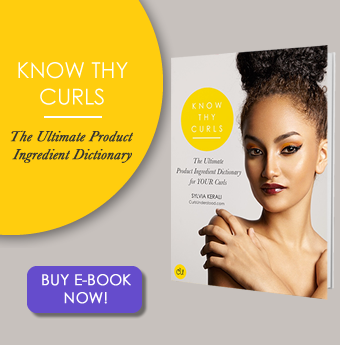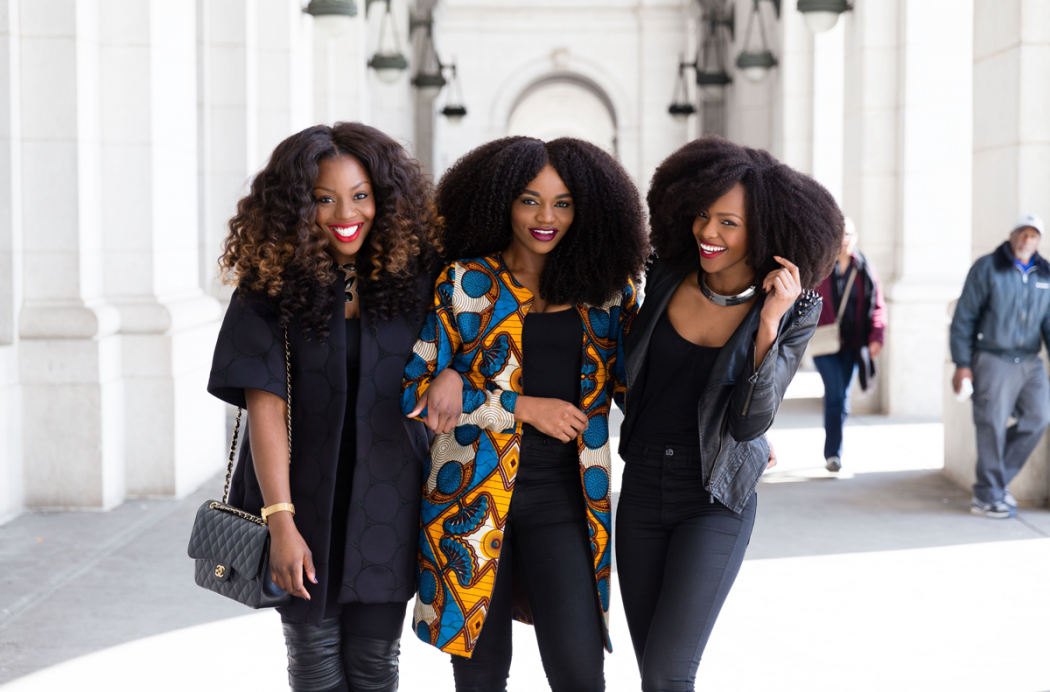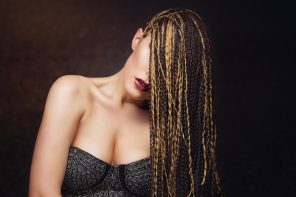So, it’s fall time in the city! Most of you have gotten back to work or school after enjoying the summer’s festivities. Whatever your plans are for fall/winter, protective styling is a great way to tuck your hair away, give it a break from daily manipulation, and take the focus off of maintaining while the temperatures dip. Traditionally, protective styles include any style that allows you to tuck your ends away to prevent damage and ultimately retain length.
Whether, natural or relaxed, protective styles can be done using your own hair or synthetic/human hair extensions. There are several methods of protective styles. Some methods include: braids, twists, hair extensions, wigs, crotchet styles, etc. I wear protective styles throughout the year when I want a change or my hair decides to get tired of me…LOL! I have come up with a list of five important things I think women should know before installation of a protective style…
Style & Practicality
What style are you going for? Why are you protective styling? Is it practical for your lifestyle? When thinking about your protective style you should consider the goal, environment, weather, etc. For example, I have grown to be fond of Senegalese twists for several reasons.
For example, it’s easy for me to put in a bun, while still maintaining a cute style and I can easily care for my scalp and hair. I like ‘get up and go’ hair. I don’t have to worry about combing, brushing, or curling it as you would have to do with styles such as hair extensions. I just spray my moisturizing spray, massage and oil my scalp…and I’m done. Easy! Breezy!
Hair Prepping
As with any new style, you should start off with clean, dry, and stretched hair. I recommend shampooing, conditioning, and deep conditioning using a hydrating deep conditioner or a protein treatment (depending on your hair’s needs). You want to make sure your scalp is properly cleansed, free of residue, and your hair is adequately moisturized and/or strengthened.
Then, I apply a heat protectant, leave-in-conditioner, seal with an oil of my choice (concentrating both on the ends), and detangle gently. I choose to blow my hair out on the coolest setting until dry. There are several ways you can stretch your hair, but I prefer this method.
Installation
What about the install? Who should do it? Where should you go? There are various and very informative YouTube videos to help even the novice safely install a protective style (we love HeatFreeHair.com’s videos). If you prefer to have someone else do it, definitely (as you would with anything else) reach out to those individuals who specialize in the style you choose, look at their work, read plenty of recommendations, and ask questions.
You want to make sure that foundation of your style (i.e. cornrows, braids, etc.) is not too tight and your edges are left out. You can always find a good edge control product to tame your edges while you still have them. LOL! I highly recommend you prepping your hair at home. It saves time and you have control over that process.
Maintenance
So, let me be clear. Just because you have a protective style DOES NOT mean you get to neglect your hair for days on end. A protective style is intended to give you and your hair a break from each other so that you’re not so preoccupied with hair care on a daily basis. I like light-weight water based leave-in-conditioning sprays or I will make my own using the LOC (leave-in, oil, and cream) method. If you are not already, I would also recommend taking a multivitamin or hair vitamin that contains biotin to help keep your hair strong.
Duration
You should never keep a protective style in for NO longer than eight weeks. And depending on who you ask, eight weeks is pushing it, some may say four to six weeks is a reasonable time. So, you might want to keep this in mind depending on your circumstances and the type of protective style you choose. Keeping a protective style longer than recommended can cause a world of problems such as matting, tangles, and breakage which ultimately defeats the purpose.
Having a protective style should be mutually beneficial, meaning you and your hair can have a break from the daily manipulation while still maintaining the health and integrity of your hair. If you are prudent and mindful of these five tips, you should be able to rock the fiercest protective style(s) with no issues. So, Happy Protective Styling!








